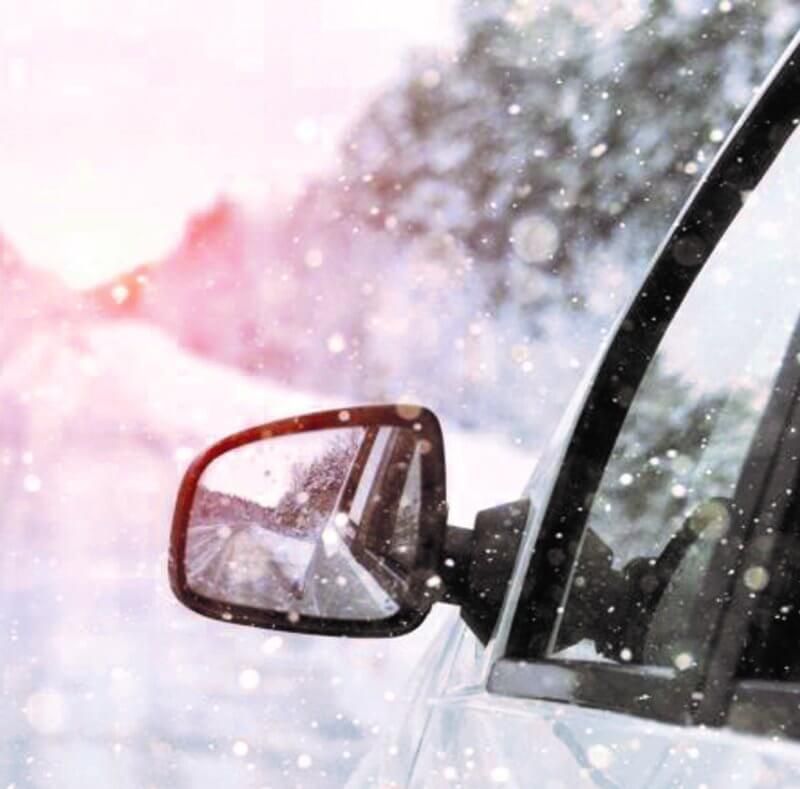
Winter Weather Automobile Safety
Tips to help you and your vehicle when temperatures drop.
Colder temperatures can create conditions that increase our risks. The National Safety Council offers this advice to help keep you, your family and your vehicles safer when temperatures drop.
PREPARE YOUR CAR
Winterize your vehicle, in addition to annual maintenance:
- Test your battery – battery power drops as the temperature drops.
- Check your tire tread – If using all-season tires, replace if the tread is less than 1/16 of an inch. Or use winter tires with a deeper, more flexible tread.
- Check tire pressure – tire pressure drops as the temperature drops.
- Check your wiper blades and replace if needed.
- Use wiper fluid rated for -30 degrees.
- Keep your gas tank at least half full to avoid gas line freeze
- Keep an Emergency Preparedness Kit in your vehicle.
BEFORE YOU VENTURE OUT
When the forecast looks dangerous, wait out the storm. If you must travel, share your travel plan and route with someone before you leave. And be sure to do the following so your vehicle is ready to make it through the storm:
- Clean your car’s external camera lenses and side view mirrors, so you’re able to see what’s around you.
- Remove dirt, ice and snow from sensors to allow the assistive-driving features to work.
- Warm up the car before driving. To prevent carbon monoxide poisoning – never leave a vehicle running in your garage, even with the garage door up.
HOW TO AVOID A CRASH
When visibility is limited due to a whiteout, pull off the road to a safe place and do not drive until conditions improve. Avoid pulling off onto the shoulder unless it is an absolute emergency – limited visibility for you means other vehicles can’t see yours on the shoulder.
If you must drive when it’s snowy and slick, AAA offers these driving tips:
- Do not use cruise control.
- Steer in the direction of a skid, so when your wheels regain traction, you don’t have to overcorrect to stay in your lane.
- Accelerate and decelerate slowly.
- Increase following distance to 8-10 seconds.
- If possible, don’t stop when going uphill.
KNOW YOUR CAR’S CAPABILITIES
If you are faced with hazardous conditions, do you know all the features your car is equipped with to help you – fog lights, traction control, 4-wheel drive and more are available to help you keep control of your vehicle. But those features are only useful if you know they’re available and how to use them. Below are two common features in almost every vehicle. To find out what your car’s features are and how to use them, visit MyCarDoesWhat.org.
- Traction control helps your vehicle gain traction on snowy, icy or wet surfaces, particularly when accelerating from a stopped or slowed position, or when trying to make it up a slippery hill.
- Anti-lock braking system (ABS) helps you steer in emergencies by restoring traction to your tires. ABS may vibrate or pulse when engaged. This is normal. Continue to press and hold pressure to the brake pedal when that happens.
Remember, you are your car’s best safety feature. Take precautions to ensure you arrive safely at your destination. If you become stranded in an unfamiliar area, do not leave your car. Light flares (see emergency preparedness kit link above) in front and behind the car, and make sure the exhaust pipe is not blocked by snow, mud or objects.
